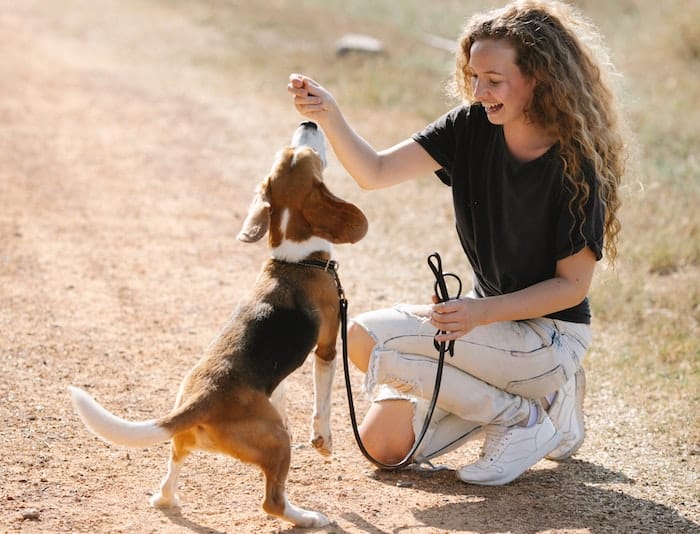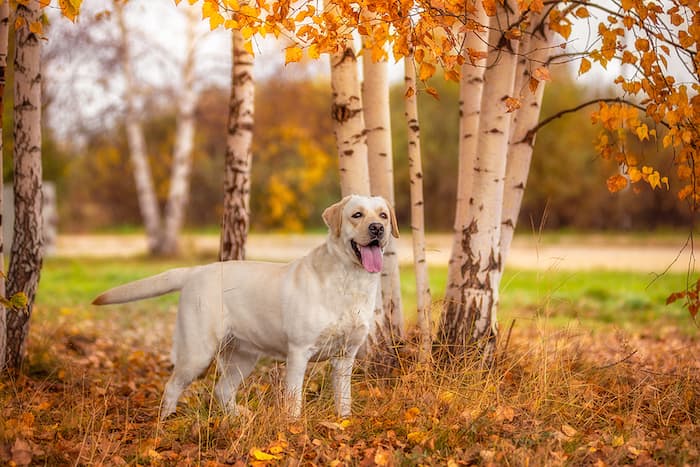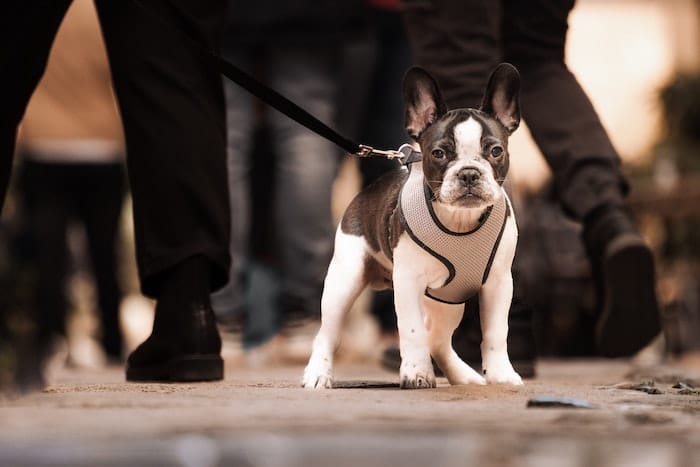Bringing a puppy into the family is a big step that demands careful consideration; a dog is for life, as you probably know and that is a big commitment. In sickness and health, the good times, and the bad, your four-legged companion will enhance your life in so many ways, and with that in mind, we thought we’d put together a basic guide to dog ownership.
Choosing a breed
After you have done some soul searching and are ready for the long-term commitment that comes hand in hand with owning a dog, the next step is to select a breed. Of course, there are many dog breeds, each with its own unique set of characteristics, with small, medium, and large breeds that need a lot of exercise.
Here are some popular breeds of family dogs:
- Golden Labrador – Perhaps the most popular family dog, the lab is great with kids, intelligent, and just wants to please you all day long. If he gets too excited, give him calming chews from Zamipet which will help him to chill out.
- Staffordshire Bull Terrier – The staffie is a great family companion with a lovely temperament; slightly smaller than a Labrador, this short-haired dog is muscular and was bred for work. Very intelligent and easy to train, the staffie stands about 14-16 inches and weighs 24-38 pounds and its fighting spirit is still intact, although they are good with kids and fiercely loyal.
- German Shepherd – A large breed of above-average intelligence and very trainable, the German Shepherd makes for a good all-around family pet that will alert you when someone approaches. They do need an outdoor life and with the right training, your four-legged canine companion will be obedient and faithful. The level and intensity of training are really down to how far you are willing to go.
- Beagle – A smaller breed, the beagle is a family favorite for good reason; their placid nature is ideal for young toddlers and they have bags of energy and were initially bred for fox hunting. Merry, friendly and curious are all adjectives to describe this tough little hunter, with a short coat that sheds annually; a low maintenance breed that loves the outdoors, a beagle is as close as it gets to the perfect family pet. It seems to be a trend to dress up the family dog and here are a few do’s and don’ts to bear in mind if you plan on clothing your pet.
- Pug – This cute little bundle should be on everyone’s list of great family dogs; small and extremely curious, kids absolutely love this unique breed and they are more active than you’d think for such a small dog. Great for condo or apartment living, many retired people enjoy the companionship of their pug.
- Newfoundland – A huge breed with an equally large personality, the Newfoundland is intelligent and loyal and was bred for mountain life, making it a very hardy and durable animal. This breed is used for rescue and they are heroes in many people’s eyes. They possess such a sweet character, it’s impossible not to like these gentle giants that make for excellent security for the kids; no one is going to get near the children with this big boi around.
Things to do
In Australia, you must register your pet with the authorities and the dog must be microchipped and de-sexed; this can be done online and the next thing is to give the dog all required vaccinations at the local vet clinic.
Things to acquire
Items that you will need include:
- Dog bed – Search online for the best deals, with small, medium, and large sizes; most have a removable cover that can be washed. At a push, a folded blanket would do; the bed should always be in the same location, and before long, your pet will understand that this is his own personal space.
- Collar & leash – Choose wisely, making sure the collar is a good fit many dog owners prefer a long retractable leash, which is fine if your dog responds to commands. You could have your phone number engraved on a small plate, in case he ever gets lost. These items should always be kept in the same place, preferably near the door and he will get visual cues when it’s time for a walk.
- Food & water bowl – They should be large enough to hold a good meal and placed near his bed and that should be a permanent location. You can write his name on the side, so the family knows they are exclusively his.
- Toys/chews -Puppies love to bite and if you don’t provide suitable toys that they can chew, your shoes might end up as a victim. Search online for safe dog chew toys and get him a couple that he can call his own.
- Harness – If it is a large breed, you are advised to use a harness when out and about, which is safer for the dog is you have to exercise firm control; pulling at a dog’s neck is never going to end well, whereas a harness allows you to exert pressure on the dog without fear of injury.
Establishing rules
The training starts the moment he arrives at the family home; of course, he will want to explore and investigate his new surroundings, which he should be allowed to do. Teaching him what he can and cannot do isn’t difficult if you are consistent with your interaction. A firm ‘no’ is a good command when you want him to know that is not allowed; never shout at your dog, it only confuses him.
Puppy training
We recommend enrolling in a basic puppy training class, where you will learn techniques to help you control your dog’s behavior don’t forget to practice what you learn when at home with your pet, as practice makes perfect.



